What is the difference between good and bad coffee beans?
Have you ever wondered why the coffee beans went bad? What are the defects of raw coffee beans? Why do they have such defects? Today, Qianjie Coffee will take a look at the types of defective beans and the reasons for the formation of defective beans.
Coffee processing usually begins on the same day the fruit is harvested to prevent unnecessary fermentation that may change the chemical properties of coffee beans. In addition, coffee seeds are usually graded and classified according to the size, color and shape of coffee beans to reduce the presence of defects and ensure uniform roasting (Batista and Chalfoun,2014 years, Franca et al., 2005 b ~ Illy and Viani,2005 years). The main metabolites in raw coffee beans have been identified as amino acids, carbohydrates, organic acids, fatty acids, chlorogenic acid (CGA) and volatile organic compounds (Farah, 2012). Several metabolites accumulated in raw beans contribute to flavor and aroma after baking. Defective coffee beans have three main types of physical malformations (such as pea berries, withered seeds and shells), seed damage (due to processing or insect damage) or abnormal colors (such as all-black, partially black or bleached seeds).
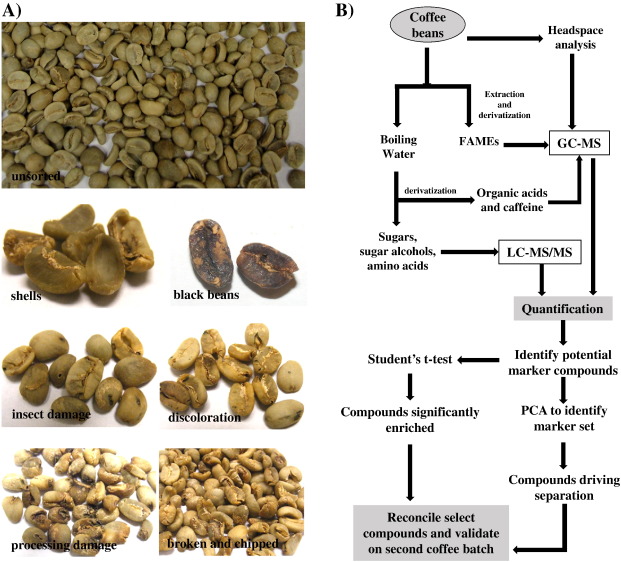
The five defective beans that have the greatest impact on the taste and aroma of coffee represent:
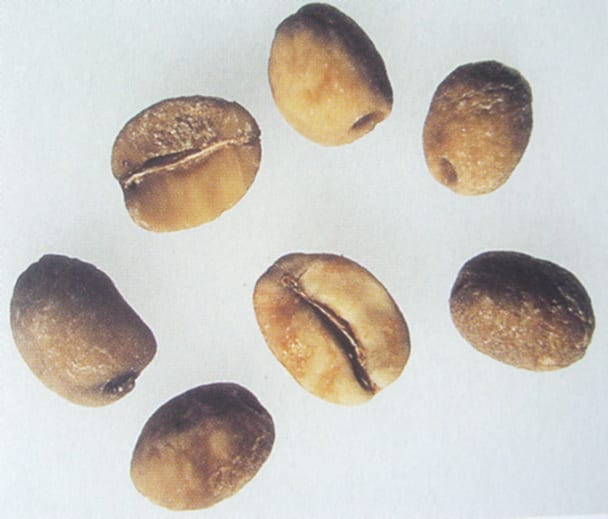
Over-fermented beans: pungent astringency, sour and bitter taste
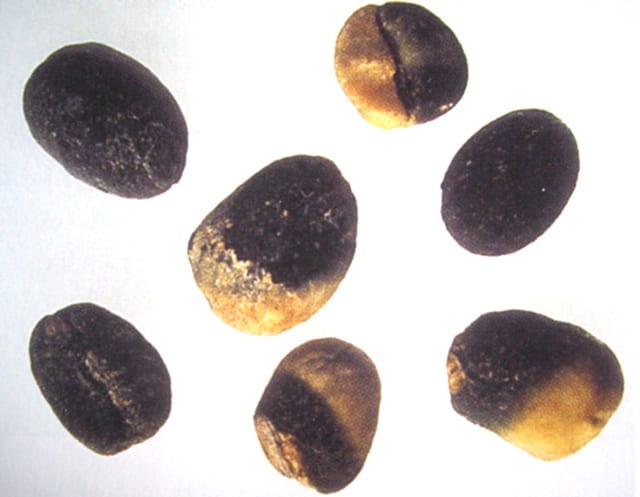
Black beans: black beans and some black beans with stinky and astringent aftertaste. These occur as a result of fungal invasion and produce a very defective smell in the cup. In coffee grading, all black beans are the basis for grading all other defects.
Worm-eaten beans: scorched smell, rotten and fermented taste
Moldy beans: the bitter taste of mildew and decay. It is usually a storage corruption problem.
Floating beans: used to be called sailors. Coffee with no bean density floating in the water.
Important Notice :
前街咖啡 FrontStreet Coffee has moved to new addredd:
FrontStreet Coffee Address: 315,Donghua East Road,GuangZhou
Tel:020 38364473
- Prev
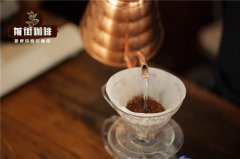
The difference between Coffee Powder and Instant Coffee Why instant coffee is completely soluble in water and concentrated coffee flavor
The type of coffee you use will determine whether the coffee is soluble in water. If you use instant coffee particles, the coffee will only be completely soluble in water. If you use ground coffee beans, the coffee will not dissolve completely, only 30% will dissolve, and 70% will remain intact. This is the freshly ground coffee powder, although instant coffee because of its strong flavor, dry texture and solubility
- Next
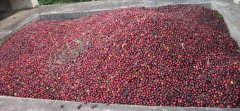
Effect of High temperature and drought in Brazil on Coffee Bean Agricultural products; World Coffee Bean production is on a sharp decline
Coffee prices soar after poor harvests and unmet demand as Brazil suffers from the worst drought in nearly 20 years, global consumption will exceed production this year as global coffee prices continue to rise and could push up the cost of breakfast tables as Brazil, the world's largest coffee producer, faces one of the worst droughts in nearly a century. Arabica
Related
- Detailed explanation of Jadeite planting Land in Panamanian Jadeite Manor introduction to the grading system of Jadeite competitive bidding, Red bid, Green bid and Rose Summer
- Story of Coffee planting in Brenka region of Costa Rica Stonehenge Manor anaerobic heavy honey treatment of flavor mouth
- What's on the barrel of Blue Mountain Coffee beans?
- Can American coffee also pull flowers? How to use hot American style to pull out a good-looking pattern?
- Can you make a cold extract with coffee beans? What is the right proportion for cold-extracted coffee formula?
- Indonesian PWN Gold Mandrine Coffee Origin Features Flavor How to Chong? Mandolin coffee is American.
- A brief introduction to the flavor characteristics of Brazilian yellow bourbon coffee beans
- What is the effect of different water quality on the flavor of cold-extracted coffee? What kind of water is best for brewing coffee?
- Why do you think of Rose Summer whenever you mention Panamanian coffee?
- Introduction to the characteristics of authentic blue mountain coffee bean producing areas? What is the CIB Coffee Authority in Jamaica?

